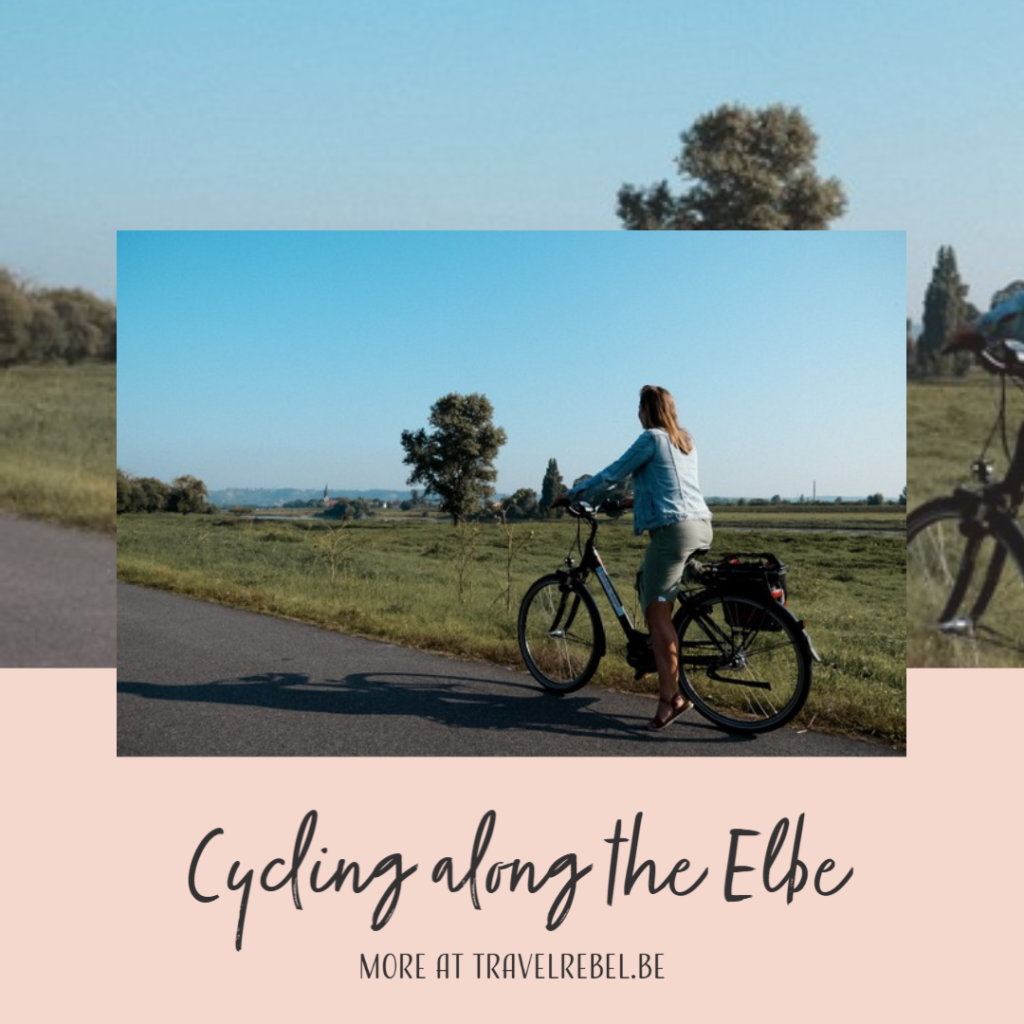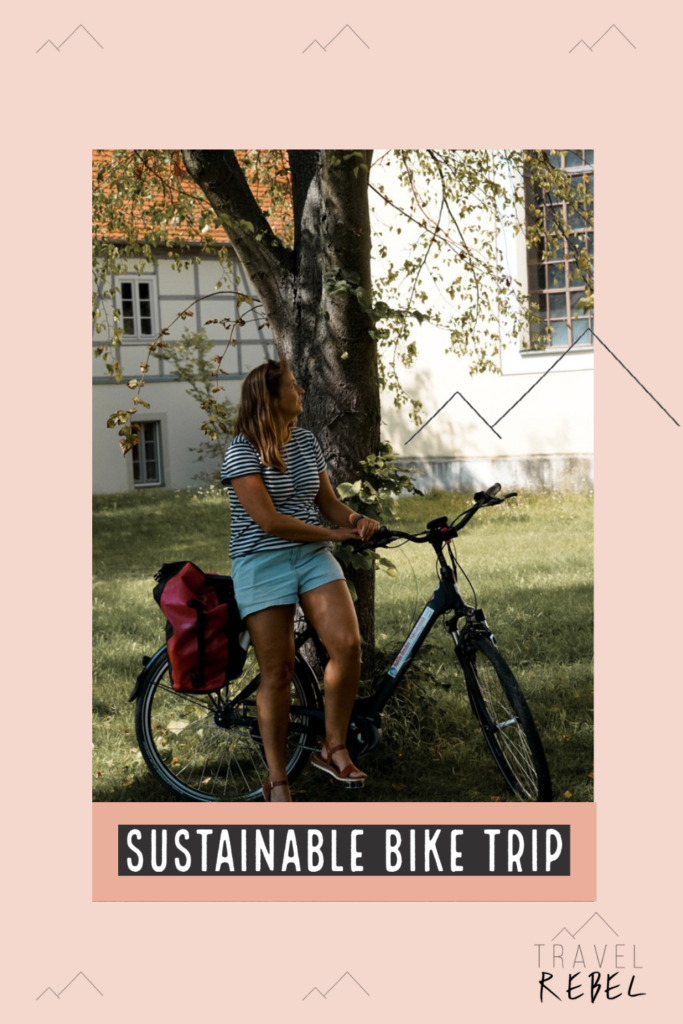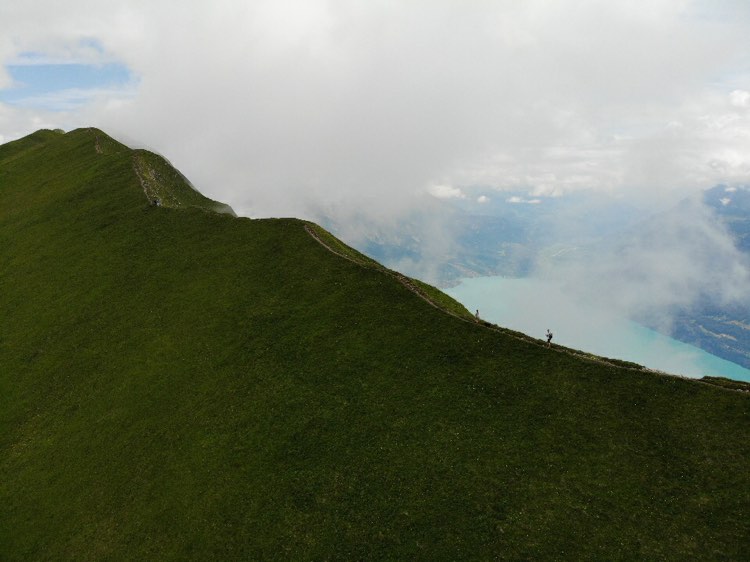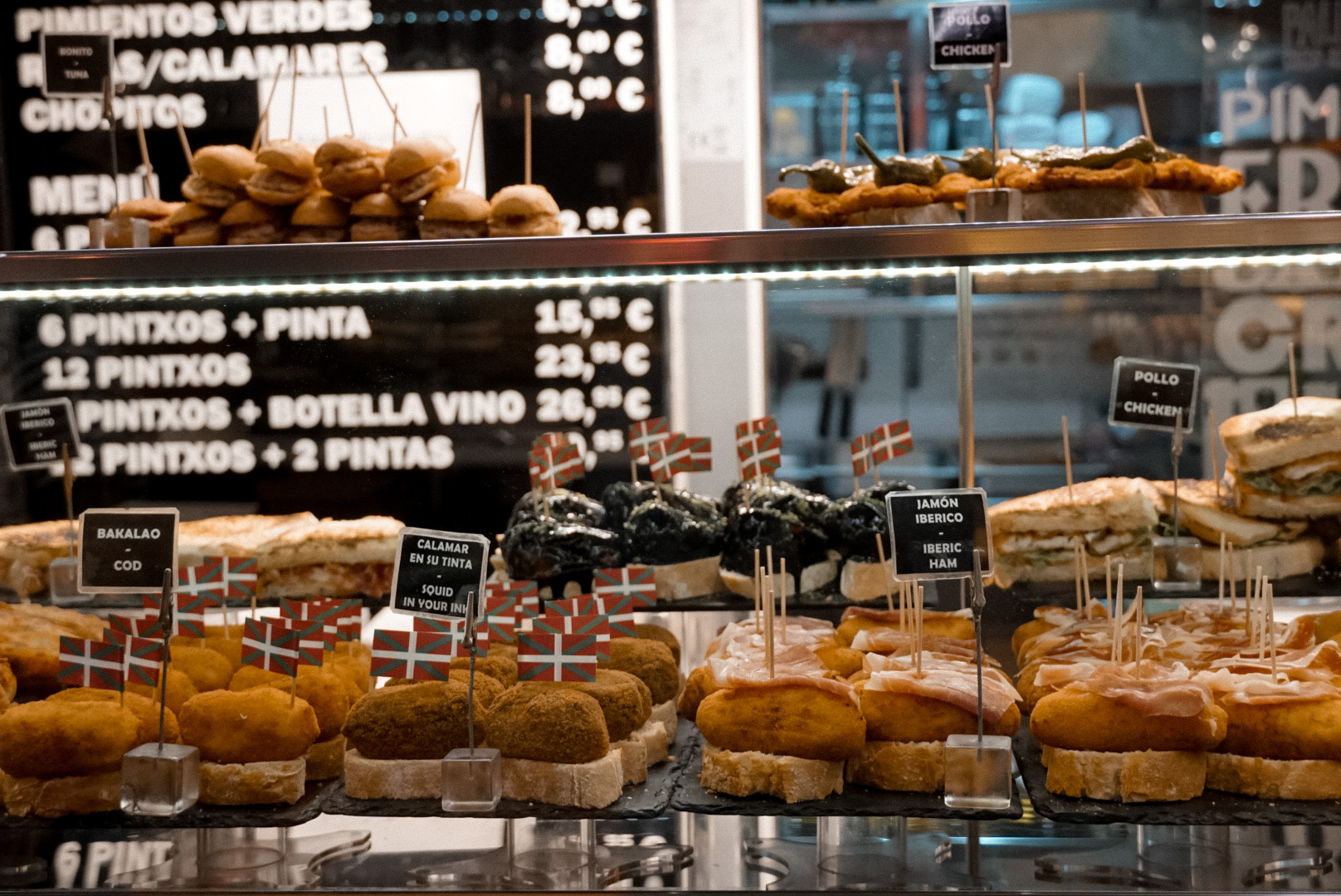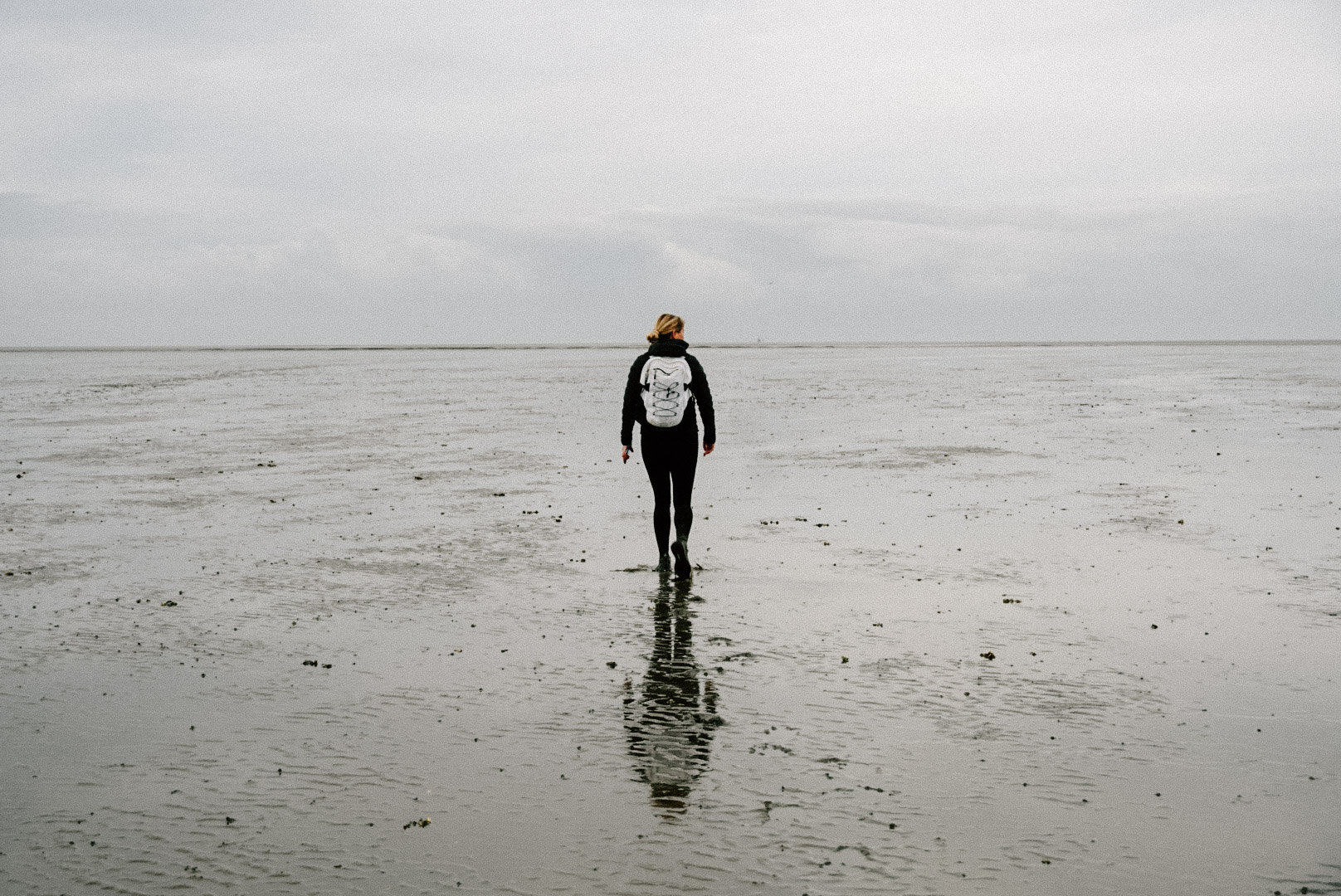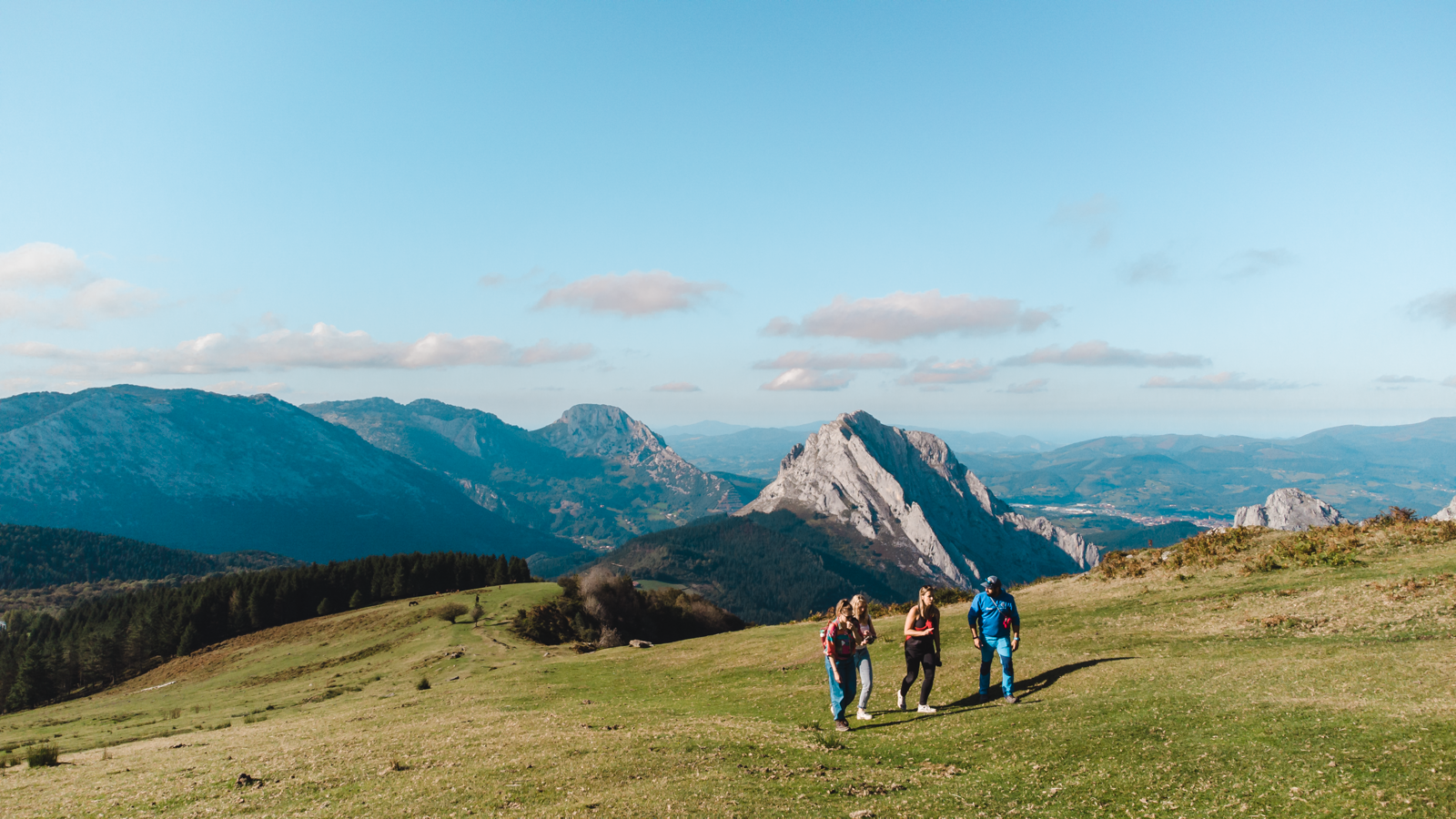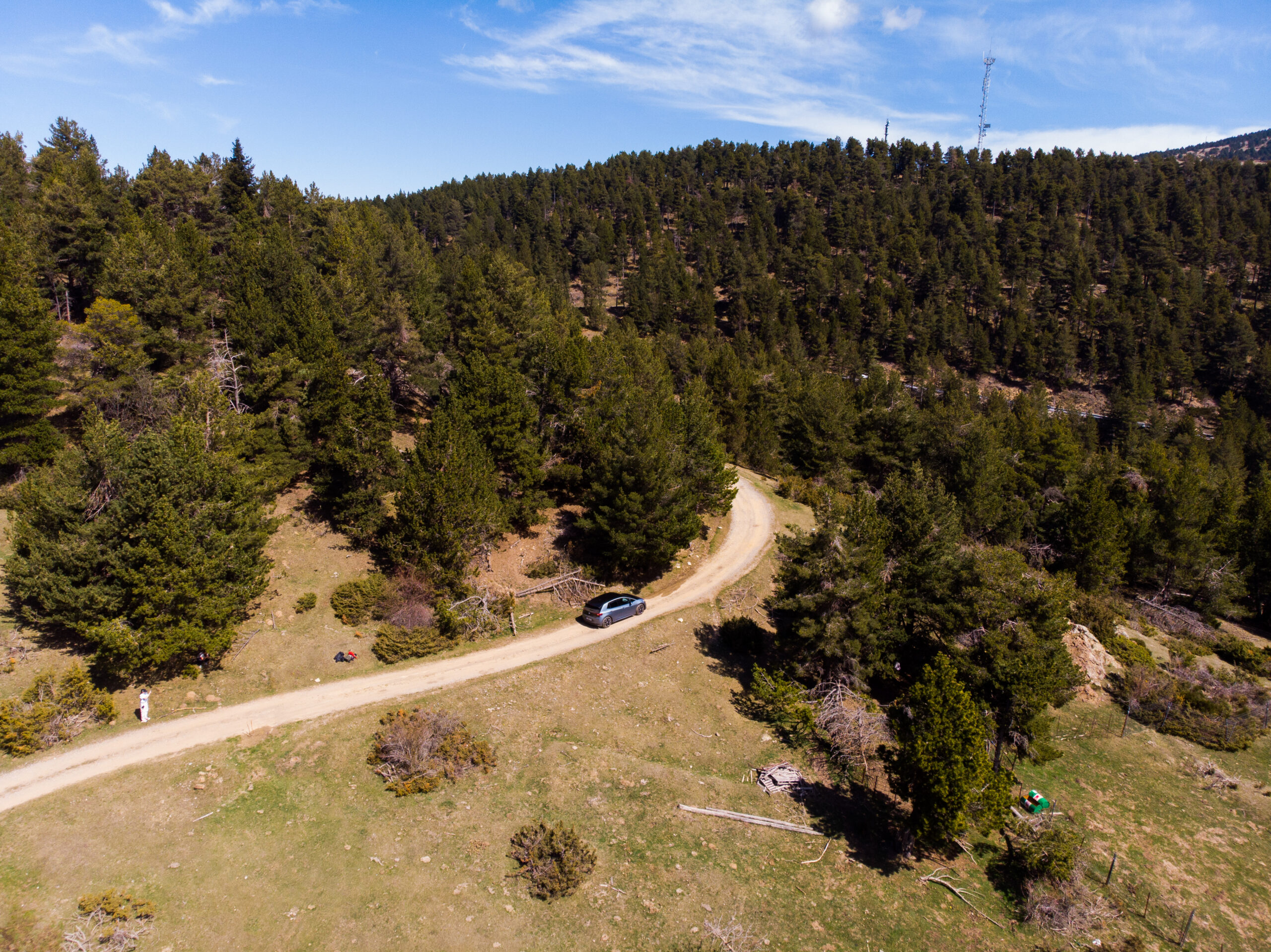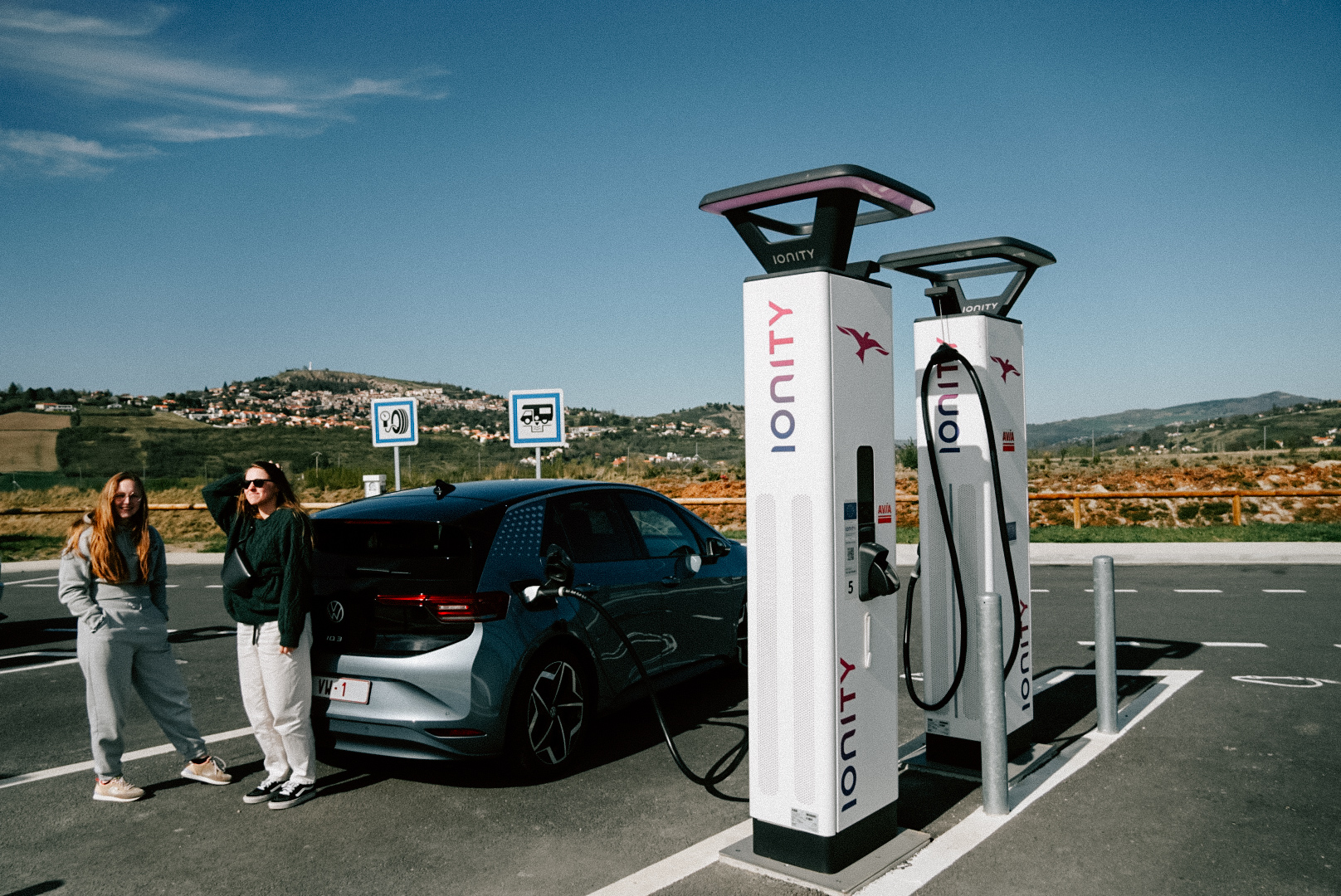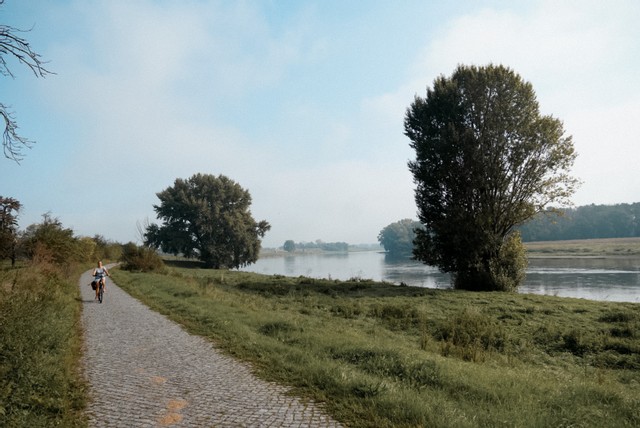
Bikepacking has become so much easier with electrical bicycles. And if you want to feel completely liberated, you can send ahead your luggage every day. That way, you can fully enjoy the route and all the stops you want to do along the way. Besides, it’s obviously way more sustainable than a roadtrip by car. Nowadays there are already dozens of long distance bike routes across Europe. We took off on the Elberadweg between Dresden and Dessau in Germany. We crossed the green states of Saxony and Saxony-Anhalt at a leisurely pace in 5 days.
Cycling along the Elbe: tips and tricks
Depart by train, bus or car and your own bicycle to Dresden. You can go for a flexible itinerary and spend the night along the various campsites and guest houses depending on the distance you travel. When you’ve finished cycling, simply take the train back to Dresden or all the way back to Belgium. From April 2022, a direct night train Brussels – Berlin – Prague will start with a stop in Dresden, which is extra convenient. Tickets will probably cost around 50 euros (bargain!).
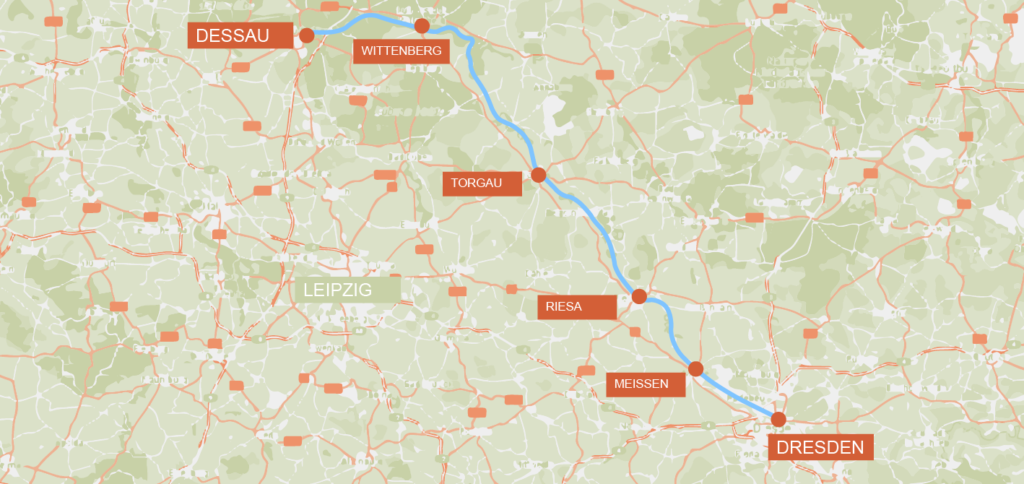
If you prefer to leave the organization and planning of your cycling trip to the experts, you can knock on Joker’s door. They specialize in individual cycling trips and emphasize ecological and social travel.
Make sure to wear good rain gear in bad weather or put on sufficient sunscreen when it’s sunny. You can read in our article about sustainable sun creams which you should buy. The route itself is clearly signposted everywhere. But it is useful to follow the route on the bike plans of Bikeline Cycling Guide or on an app. The bike plans also give you tips for eating, sleeping or visiting. And you can check which ferries transfer you from one bank to the other. They only cost a few euros per person.
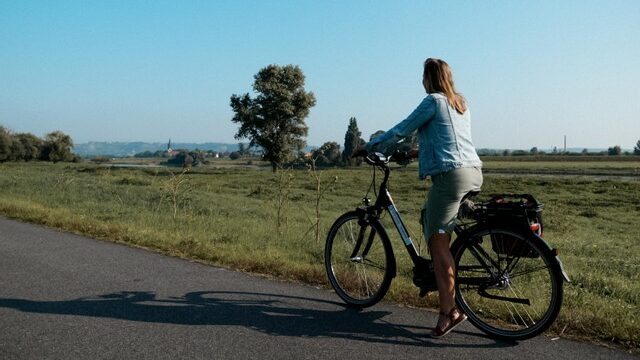
Departure in Dresden
We started our multi-day cycling tour in Dresden. This city is definitely worth booking alone as a city trip and you find a little something for everyone in 24 hours. In the old town ‘Altstadt’ you don’t have to walk far to be amazed. The most beautiful buildings are around Theaterplatz and Neumarkt. A 20-minute walk from the old town you’ll find a converted Yenidze cigarette factory that looks like a gigantic mosque. This is undoubtedly the most interesting rooftop bar in all of Dresden.
When you cross the Elbe to the ‘Neustadt’ you get to see the real urban jungle of Dresden. If you are looking for nice local addresses with a sustainable approach, you should go to Tranquillo and Kunsthof Lageplan. In the courtyard you can take fun pictures with the instagram-worthy murals and decorations. And there is absolutely no shortage of terraces with tasty international food. Just outside the center, on the banks of the Elbe, there is also a lovely Biergarten. On the hill of the Lingner Park you sit between the vines with a view of the banks of the Elbe. You can eat a typical bratwurst or schnitzel and wash it down with a local beer.
If you are looking for a fun evening activity, you also have a ton of possibilities. Grab some beers and snacks from the supermarket and settle in on the banks of the Elbe among the locals having a barbecue. Or jump into Europe’s largest drag theater Carte Blanche for an unforgettable show (tickets around 45 euros). Those who want to go on a classical tour can indulge themselves with an evening visit to the Opera (15 euros per group).
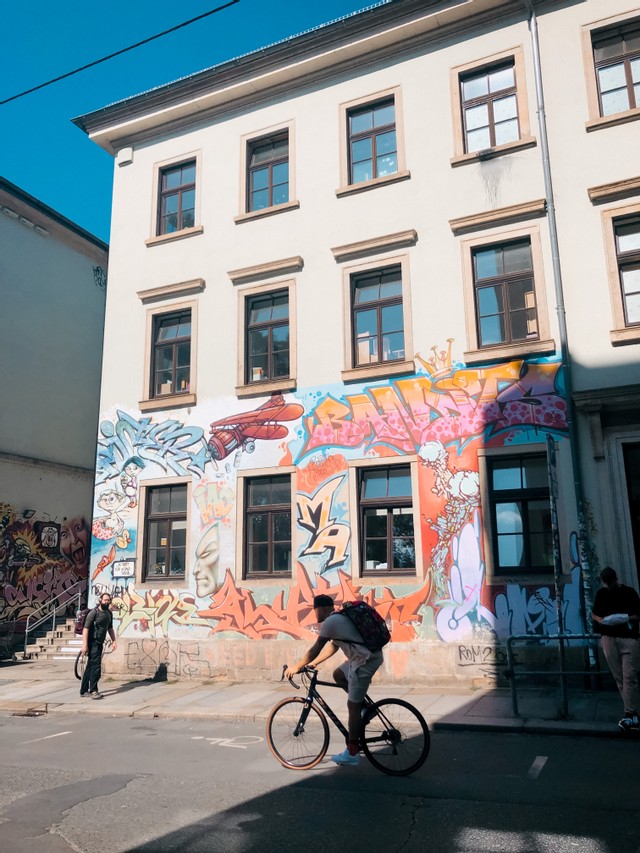
Neustadt Dresden 
Neustadt Dresden 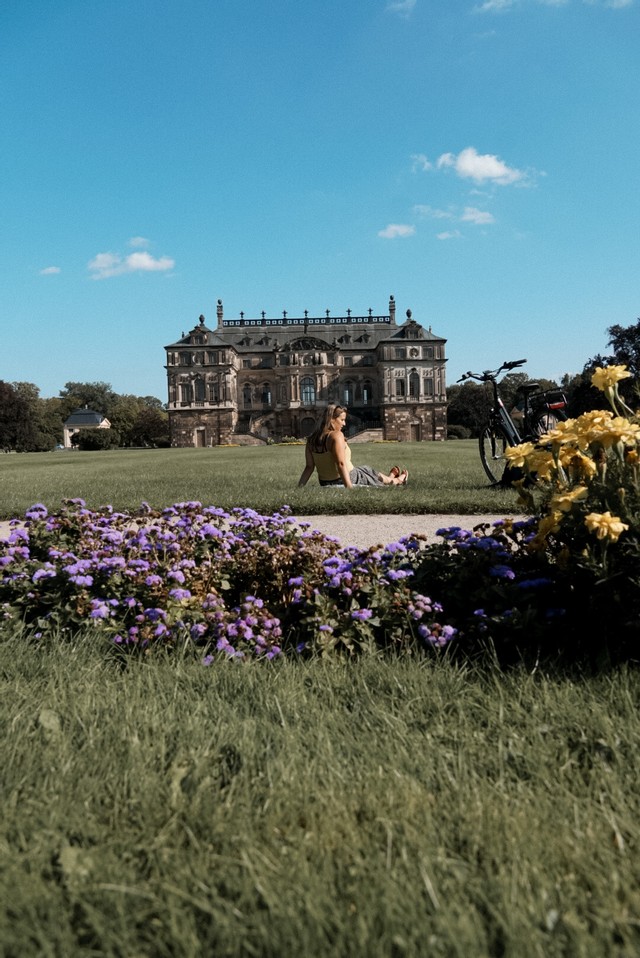
Grosse Garten Dresden 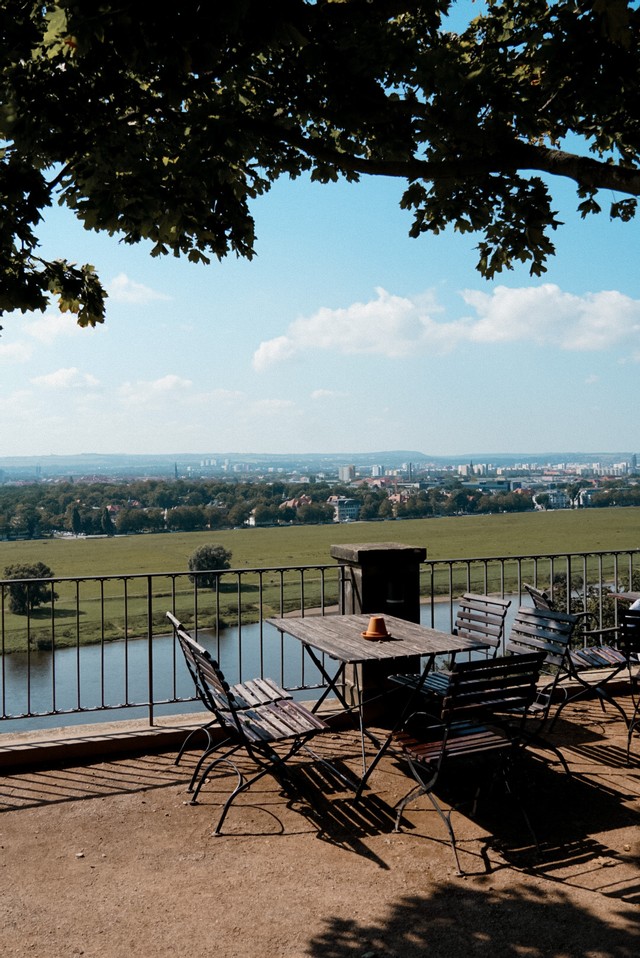
Lingnerpark Dresden 
Sunset at the Elbe in Dresden 
Yenidze building Dresden
Cycling along the Elbe from Dresden to Dessau
Between Dresden and Dessau there are 230 kilometers of cycle path on which you can cycle along the Elbe without any worries. If it was a competition, you could do this distance in 2 days. But the great thing about a relaxed cycling holiday is that nothing is mandatory. We covered the distance in 5 days, with plenty of time for sunbathing, bank hopping, sniffing culture, eating good food and sleeping well.
1| First must-do stop in Meißen
The small porcelain town of Meißen is located about 30 kilometers from Dresden. If you have time to make a small pit stop halfway through, you can pop in at the organic farm of Franz. He is happy to explain how he and his daughter have been growing pumpkins and potatoes in the area for decades. You can easily take something from the self-service trolley on the side of the road.
Meißen is older than Dresden and on top of the hilltop stands one of the oldest castles in Germany. If you follow the cobblestone steps to the top, you have a wonderful view over the Elbe. And you can also feast your eyes with a beer cocktail and stew from the terrace of restaurant Domkeller. But you will actually find the most beautiful view at the height of the Dorint Parkhotel on the other bank of the Elbe. Here you look from the bike path, or from the sauna if you sleep here, on the whimsically contrasting castle and cathedral. A must at sunset!
If you still have time, you can also visit the porcelain factory here. Maybe not the most relaxing outing with kids… Reading the prices will probably give you heart palpitations. But if you know that the color formulas are monitored here like the Coca-Cola recipe, you’ll certainly be curious. End the day with a nice glass of wine at Sächsische Winzergenossenschaft. You have to try at least once the regional wine Goldriesling.
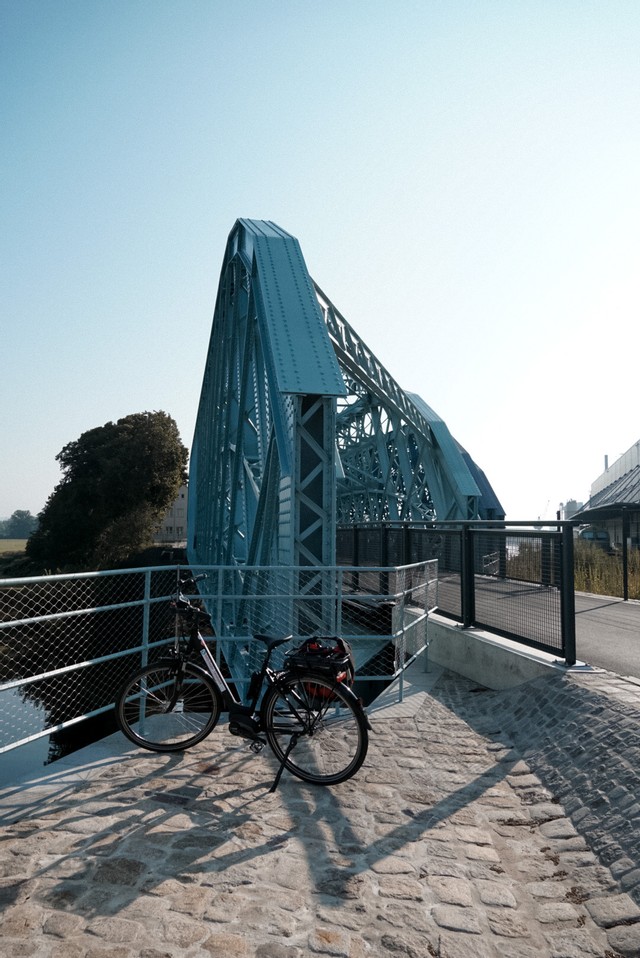
Cycling along the Elbe 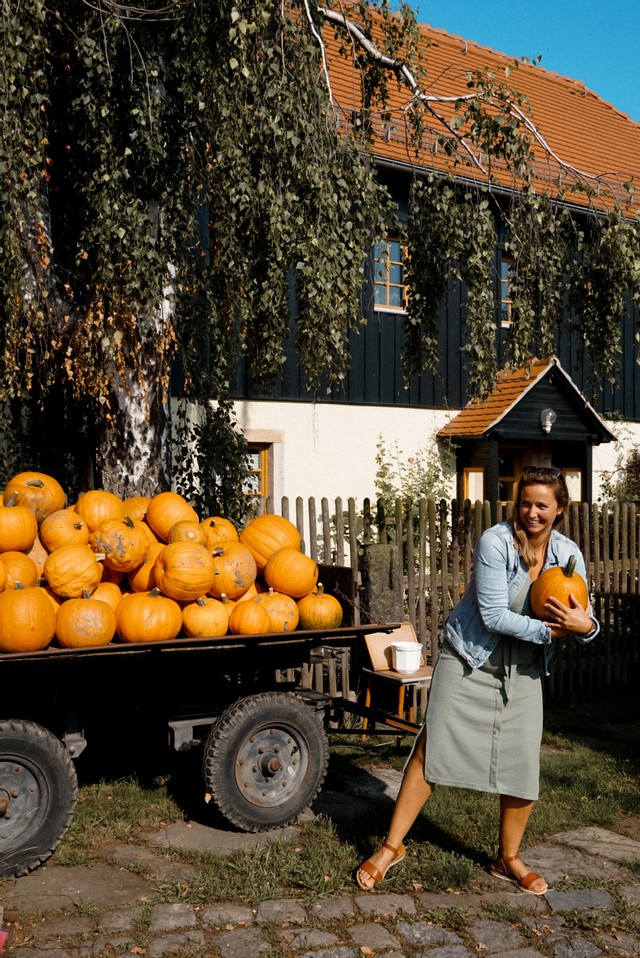
At the organic farm from Franz 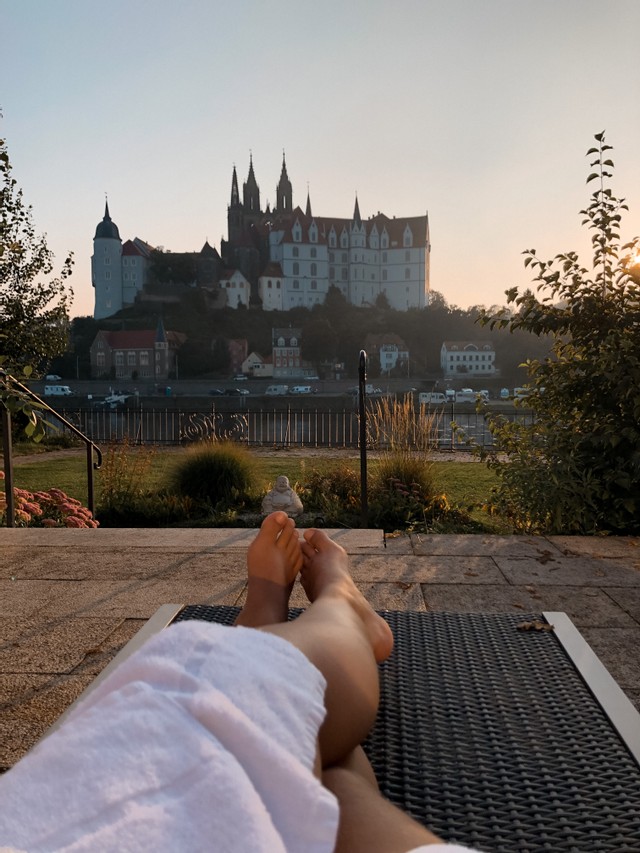
Meißen from the Dorint Parkhotel
2| Crossing Riesa to Torgau
At 12 kilometers by bike from Meißen you will find a heavenly photogenic vineyard. Weinreich Seusslitz is located right next to a castle with a small park and the winding Elbe in the background: Schloss Seusslitz. Here you really have to go up the stairs to enjoy the view. Another 18 kilometers further you pass the village of Riesa. Here, too, you pass neatly lined up pastel-colored houses in the old town. In the newer part of the city there are refreshed GDR blocks that the city is trying to give a new twist to. It’s probably not everyone’s thing, but it’s still an amusing stopover.
Between Riesa and Torgau you cycle 50 kilometers through fields, a little further away from the Elbe. The funniest stopover is probably the bicycle church in Weßnig. It is the first bicycle church in all of Germany, but what they mean by that is not entirely clear. You are certainly more than welcome to have a picnic or take shelter here when it rains.
When you finally dash over the cobblestones into Torgau, you have a lot to look at. All the buildings in the city center are protected and have the same charming pastel shades. If you look closely, you might also see some of the city’s oldest inhabitants. For years, the town hall and the castle have housed a family of pigeons. We do have to warn you about the other inhabitants who live under the moat of Hartenfels Castle. Bears have been here since the 15th century and the town has a close relationship with the animals. Still, we would have preferred that tradition had died out.
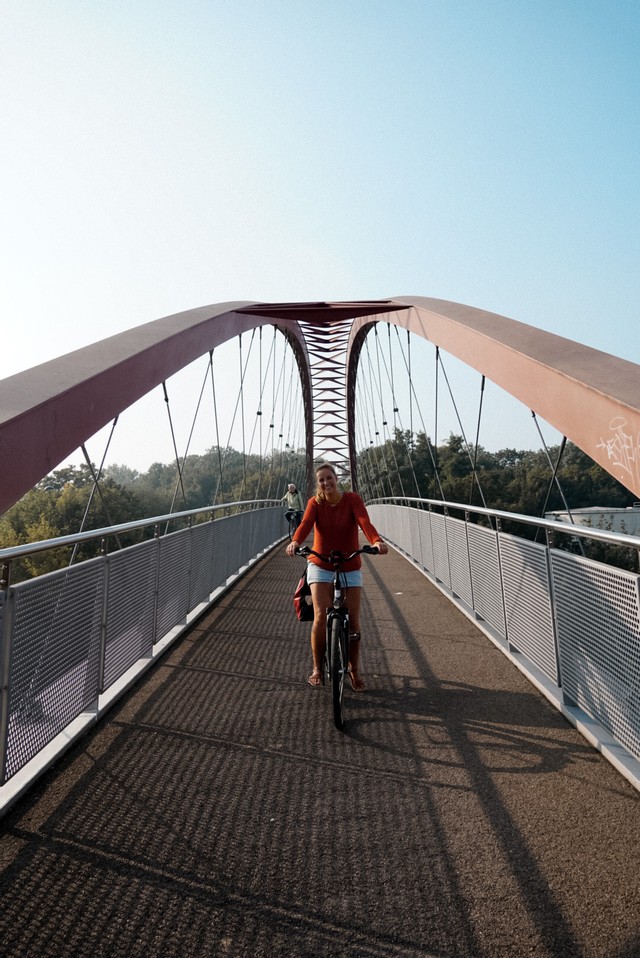
Cycling along the Elbe 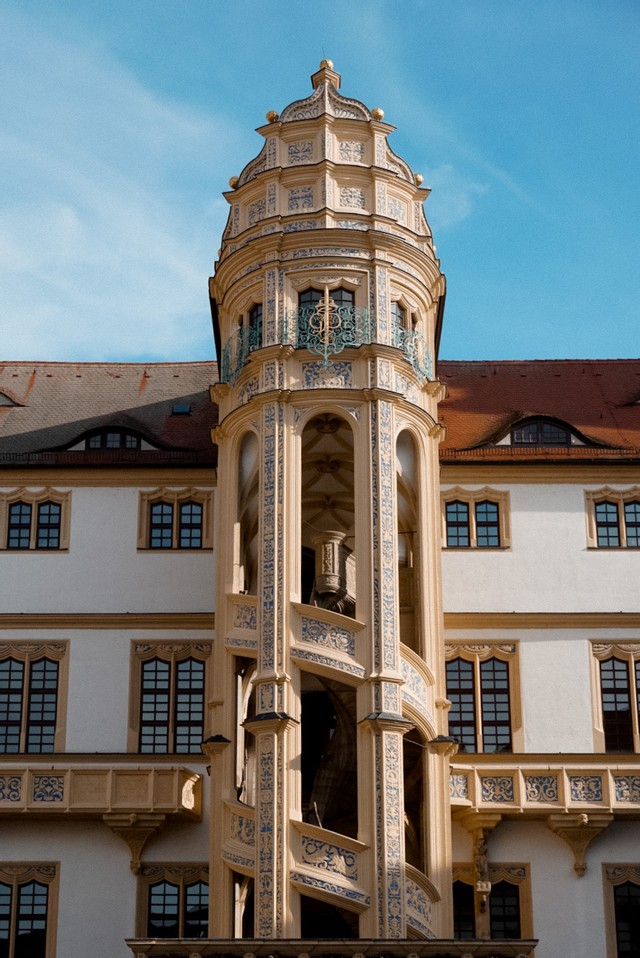
Hartenfels castle in Torgau 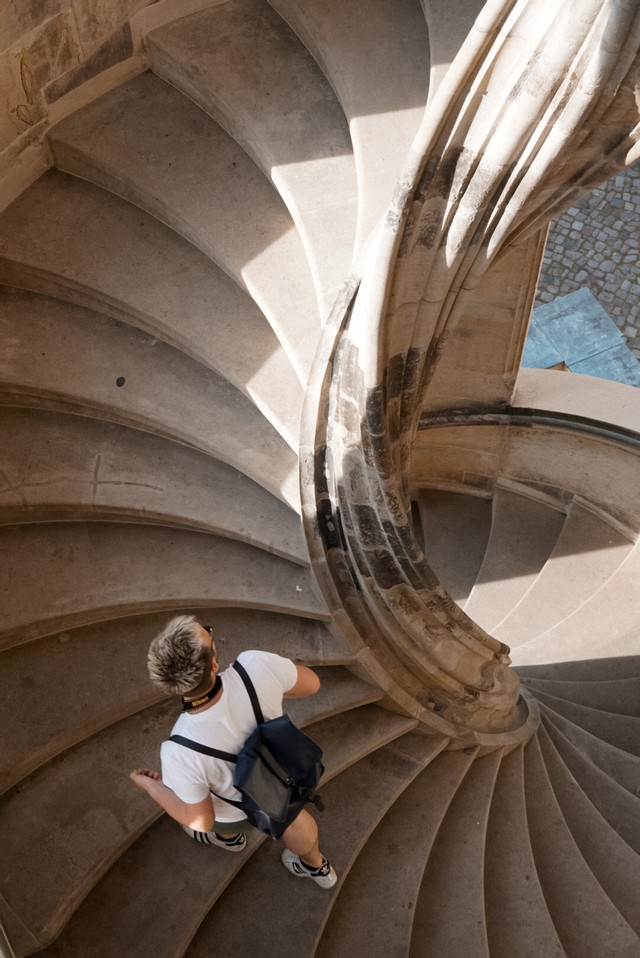
Hartenfels castle in Torgau
3| Via Wittenberg to Dessau
You have approximately 70 kilometers of cycling along the Elbe between Torgau and Wittenberg. This part goes very smoothly if you want. The bike paths are actually very well laid out everywhere, but here you can really speed. Along the way you will come across a renamed bicycle church in Priesitz. Originally this was actually a skipper’s church, but in the meantime a lot more cyclists than captains pass by here. We then continued our journey along the right bank and took the ferry to Mauken. The special thing about this ferry, and several others along the Elbe, is that the boat is 100% sustainable. It hangs on a rope and uses only the current of the Elbe to maneuver between the 2 banks.
You absolutely cannot skip 1 break and that is at the castle of Klöden. Here you will find delicious homemade lemonades, omelettes and pastas. You can also quickly dive into the torture cellar or buy local products. The cats in the yard set the mood well, lazing around is fine here. When you finally arrive in Wittenberg, the Luther references will blow your mind. You will find the former black monastery, of which the Luther House is part. In the courtyard is a statue of his wife Katharina with a nice fable. If you rub her ring, you will still find love later in life. Here too, you see pastel colored houses side by side all over the center.
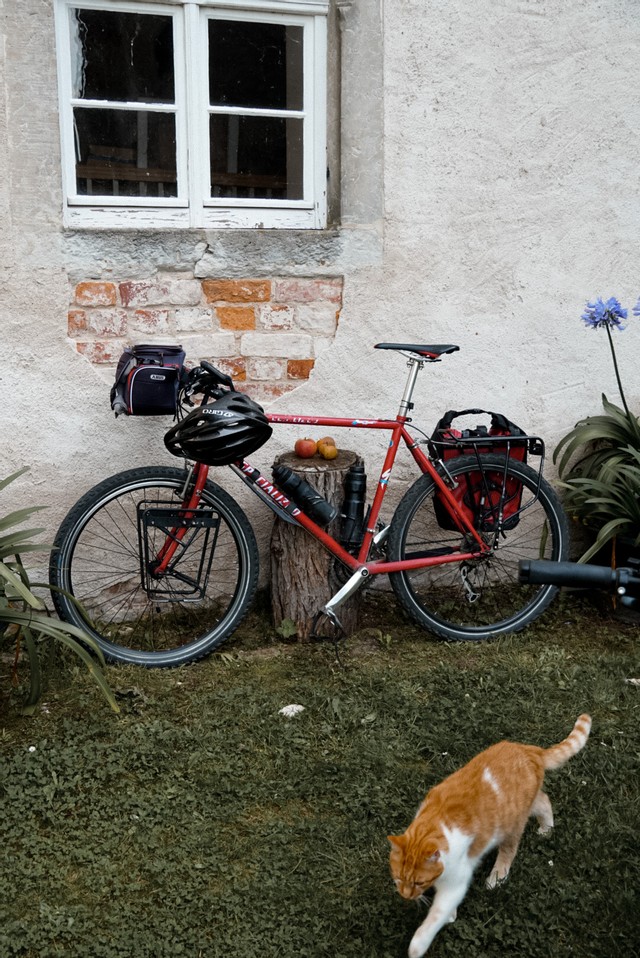
Castle Klöden 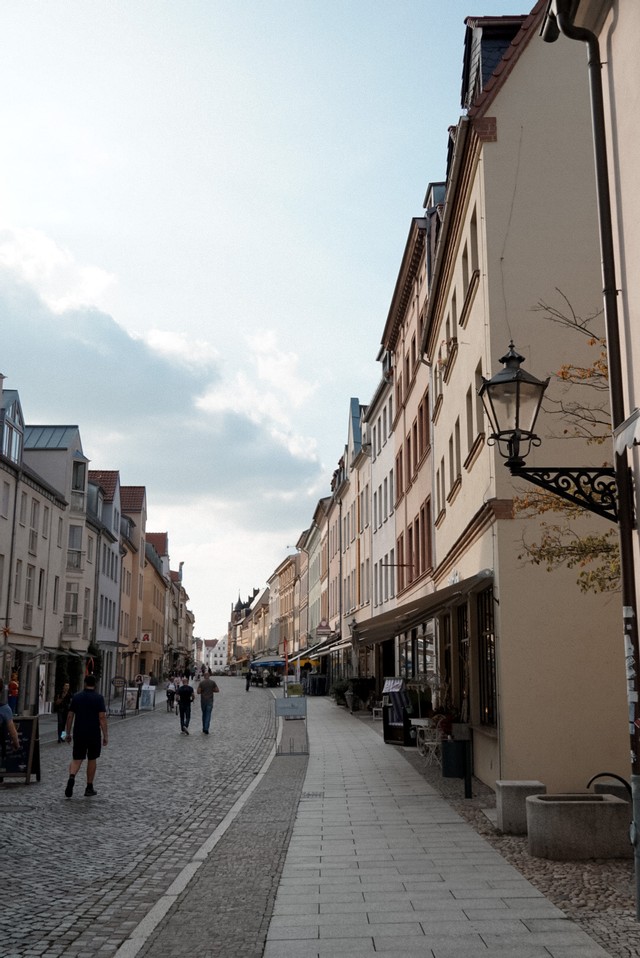
Wittenberg 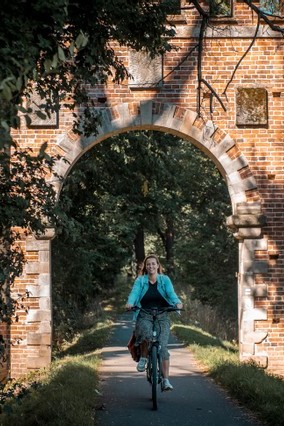
Cycling along the Elbe © Trot Op
4| The Bauhaus as the grand finale in Dessau
The last stage of cycling along the Elbe between Wittenberg and Dessau, about 40 kilometers, has a new surprise behind every corner. For example, you simply cannot skip the landscape park in Wörlitz. It balances somewhere on the edge between classical and experimental with mysterious tunnels next to neatly landscaped gardens. You have to leave your bike behind to explore the park. When you leave the park behind you, you pass turrets, sentries, fields with hay bales and fields full of wild flowers. Finally, you cycle along an impressive pedestrian bridge into Dessau.
Unfortunately we didn’t have the time to explore the whole of Dessau so we owe you tips about the city itself. We did visit the Bauhaus as the icing on the cake of our German cycling adventure. Hopefully this building will blow your mind as hard as ours did. Usually you go to a museum or exhibition to see what they have put inside. Here the building itself is the exhibition. The Bauhaus is now almost 100 years old and started as a design school where students followed workshops such as printing, weaving and steel processing. Imagine that they used to arrive here by horse and cart, while the building is still not inferior to style and vision of constructions nowadays. Tickets start at only € 8,50.
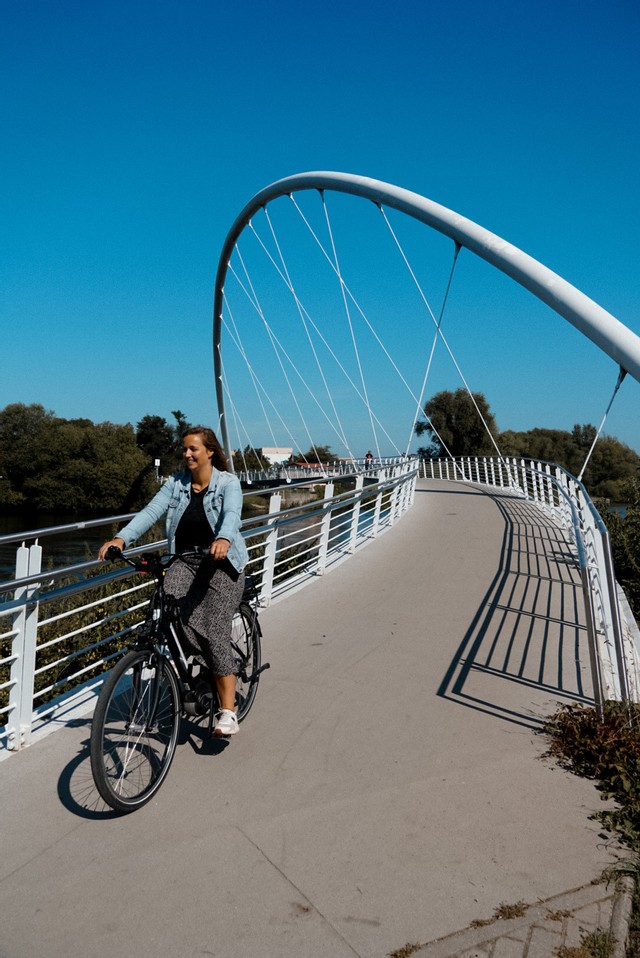
Pedestrian bridge in Dessau 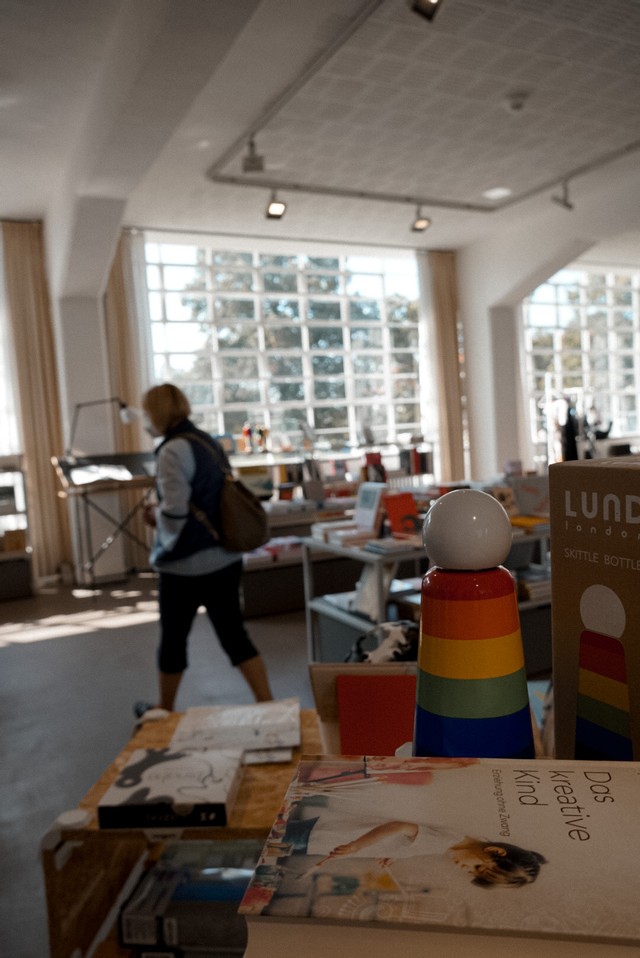
Bauhaus Dessau 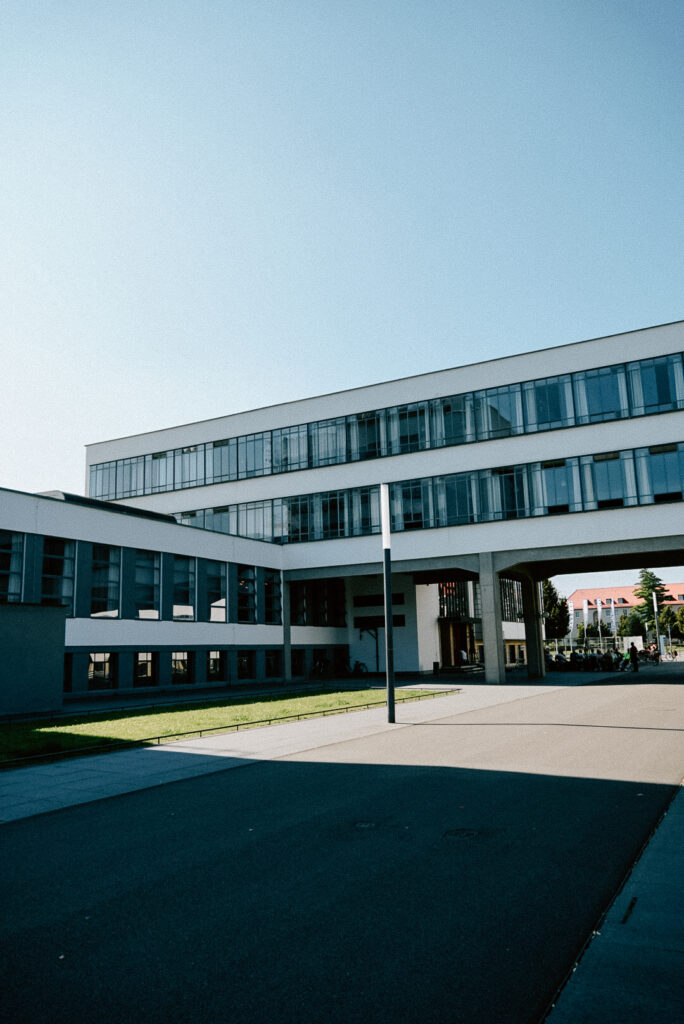
Bauhaus Dessau
How sustainable is cycling along the Elbe?
After walking, (electric) cycling is the most sustainable way to travel. The average CO2 emissions compared to a normal car are up to 97% lower for an electric bicycle. In addition, cycling simply has a dozen other advantages. So don’t hesitate, just do it!


